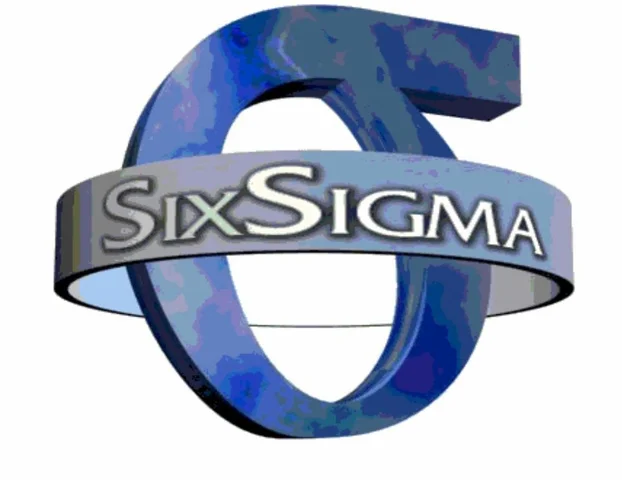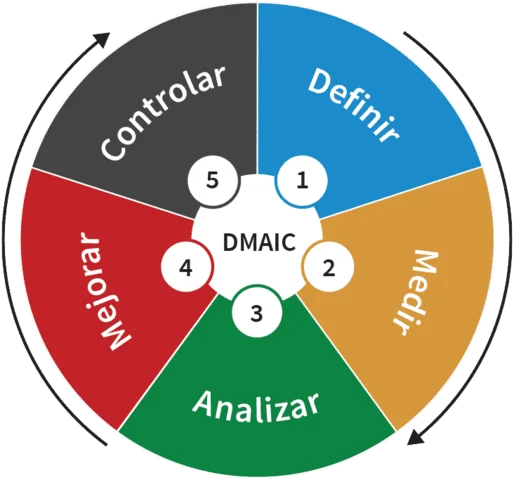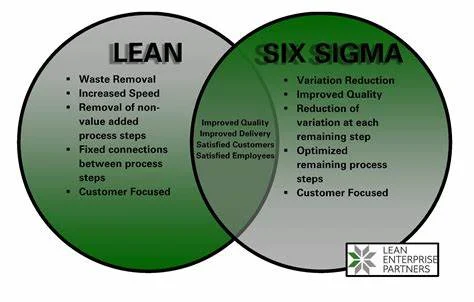-
 Six Sigma was developed by Motorola as a strategy for quality improvement and defect reduction in their manufacturing processes. Bill Smith, an engineer at Motorola, is considered the "father" of Six Sigma.
Six Sigma was developed by Motorola as a strategy for quality improvement and defect reduction in their manufacturing processes. Bill Smith, an engineer at Motorola, is considered the "father" of Six Sigma. -
 Jack Welch, CEO of GE, adopts Six Sigma as a central strategy to improve quality and reduce costs. GE popularizes Six Sigma globally and demonstrates its effectiveness across various industries.
Jack Welch, CEO of GE, adopts Six Sigma as a central strategy to improve quality and reduce costs. GE popularizes Six Sigma globally and demonstrates its effectiveness across various industries. -
 GE and other companies began formalizing the DMAIC (Define, Measure, Analyze, Improve, Control) methodology as a structured approach to process improvement within Six Sigma.
GE and other companies began formalizing the DMAIC (Define, Measure, Analyze, Improve, Control) methodology as a structured approach to process improvement within Six Sigma. -
 Mikel Harry and Richard Schroeder publish this book, which becomes a key reference for understanding Six Sigma and its applications in business management.
Mikel Harry and Richard Schroeder publish this book, which becomes a key reference for understanding Six Sigma and its applications in business management. -
 AlliedSignal, which later merged with Honeywell, implements Six Sigma and achieves significant improvements in efficiency and quality, further strengthening the methodology's reputation.
AlliedSignal, which later merged with Honeywell, implements Six Sigma and achieves significant improvements in efficiency and quality, further strengthening the methodology's reputation. -
 Many organizations begin combining Lean Manufacturing principles with Six Sigma, creating the Lean Six Sigma methodology to maximize efficiency and waste reduction along with quality improvement.
Many organizations begin combining Lean Manufacturing principles with Six Sigma, creating the Lean Six Sigma methodology to maximize efficiency and waste reduction along with quality improvement. -
 Six Sigma extends beyond manufacturing, applying to the service industry and information technology, demonstrating its versatility and effectiveness in various business areas.
Six Sigma extends beyond manufacturing, applying to the service industry and information technology, demonstrating its versatility and effectiveness in various business areas.